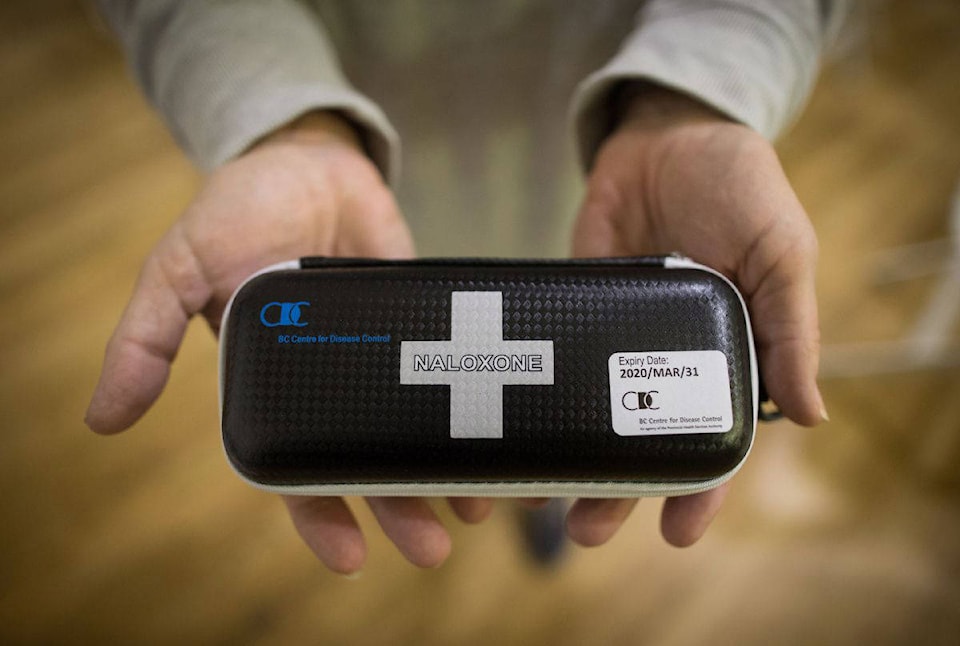— By Susan Brown, President and CEO, Interior Health
It has been five years since the Provincial Health Officer declared a public health emergency in response to the significant rise in opioid-related overdose deaths reported in B.C.
Since then, more than 7,000 family members, friends, coworkers, teammates, neighbours and friends have been lost to overdose. Thousands more have been impacted and experienced all too painfully the devastation of the emergency in their own lives.
Just like with our current COVID-19 pandemic, the opioid emergency continues to demand a collective response.
Since 2016, we have taken steps forward. Interior Health’s Take Home Naloxone Challenge has seen more than 50 organizations complete naloxone training. Each time the training is provided, more people in our communities have a better understanding of how they can support the people they know or interact with who are living with addiction. They learn about available mental health and substance use services, including new resources.
One of the programs we’ve worked hard to expand in the past five years is Opioid Agonist Treatment (OAT), which uses medications to treat opioid addiction, reduce drug-related harms and support long-term recovery. In 2020, close to 4,000 people across IH were able to access this treatment and each be supported in their individual journey.
As well, we have partnered with local municipalities and partners to strengthen overdose prevention services, including easy access to supports and safe consumption, which for many is an entry point to accessing other needed health care.
Two years ago, before COVID-19, provincial data showed our efforts were turning the tide on the opioid overdose crisis. We began voicing cautious optimism; however, with the pandemic last year came new measures and restrictions – and challenges.
While we cannot know the exact impact of COVID-19 on substance use and overdose rates, we do know there are correlations. Border closures may be impacting the illicit drug supply, as people who use drugs rely on unfamiliar sources. They may also be using alone more frequently as people socially distance or self isolate.
Currently, in B.C., more than five people are dying each day of an illicit drug overdose. In 2020, Interior Health recorded 283 overdose deaths, our highest yearly total ever.
This can – and should – make us pause. It should also renew our shared commitment to respond and continue to work together in the face of the opioid overdose public health emergency.
On this sombre five-year anniversary of the public health emergency, Interior Health is absolute in its resolve to keep our focus on reducing the impact of the opioid crisis and we ask you to join us.
Whether you take Naloxone training, learn about and support mental health and substance use initiatives in your community or simply reach out to someone who is struggling – this is the time to act.
So many of us across the Interior have already lost loved ones and been impacted directly by this crisis. We invite you to take a moment to remember those who have struggled with or lost their life to overdose, by sharing a photo and a message on Interior Health Virtual Memory Wall.
